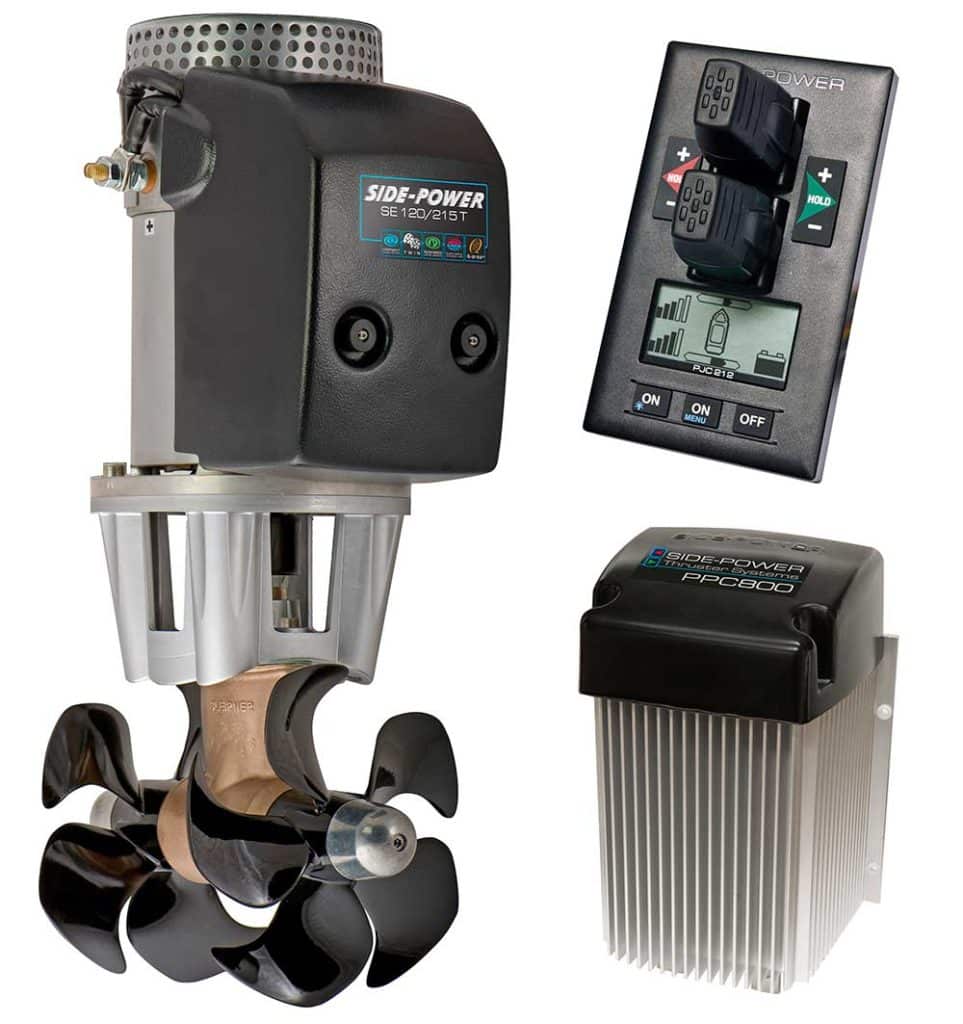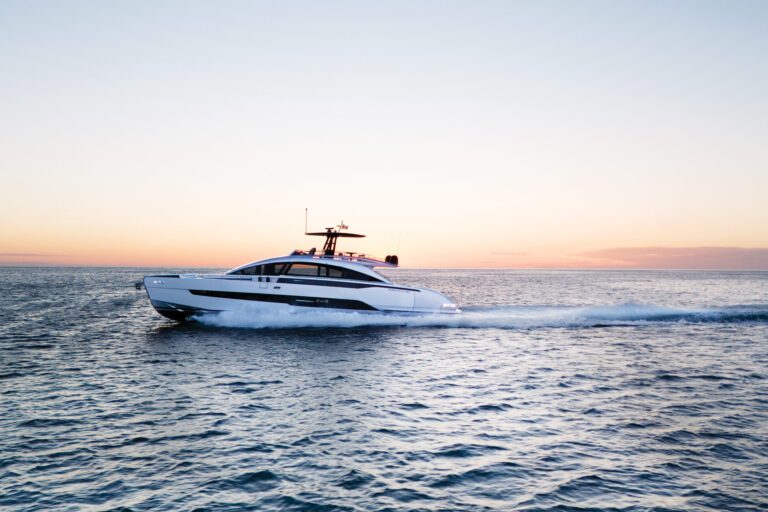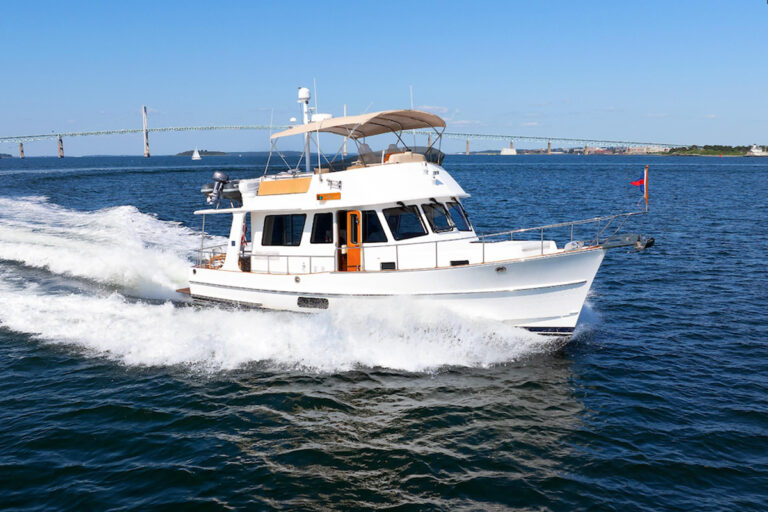
Any boater who has ever used a bow thruster understands the peace of mind it brings in tense docking situations. Add a stern thruster and tight-quarters maneuvering becomes routine, even in challenging conditions. For boats from 20 to 80 feet LOA, DC-powered thrusters make the most financial and operational sense. Until recently, choosing a thruster typically came down to the choice of brand.
Side-Power, a leader in DC, AC and hydraulic thruster systems, has launched a new product that has changed the game. Its new Side-Power Electric Proportional (SEP) system is different from any other DC-powered thruster on the market. The concept is so advanced that the National Marine Manufacturers Association gave it an Innovation Award after it was introduced.
“The SEP is a fresh concept for DC thrusters,” says Peter Nolet, product manager for IMTRA’s Side-Power business. “Until now, DC thrusters had an on-off switch that ran the unit at full power. That tends to be very hard on the equipment. Imagine the stress on your car if it only went from zero to full speed every time you turned it on.”
Side-Power’s SEP, by contrast, controls the speed of the unit, from zero thrust to full power. That provides much better control in different wind, current and tidal conditions. “The SEP has a good throttle range,” says Nolet. “It also delivers a lot of power, so you can control your thrusters proportionately with a very smooth power curve.”
The SEP system can be easily retrofitted onto any other Side-Power unit and most competitive brands. It also offers the benefits of hydraulic thrusters without the costs and other disadvantages found on yachts or sailboats under 80 feet. “On that size range, there is typically limited physical space for hydraulic reservoirs and pumps,” says Nolet. “There’s also often no suitable power source for the hydraulic pumps, and the ability to route hydraulic hoses can be difficult.”
SEP has multiple advantages over other DC thrusters, including quieter operation, an extended run time at lower power levels because the unit does not heat up as quickly, and a “Hold” function that keeps the boat in place at a dock. This function allows the owner to get off the boat and tie the lines. “Essentially, it allows for self-handling when docking,” says Nolet.
The advanced control unit is one of its main features. It has a joystick-like control and panel that provides detailed feedback, including a five-bar chart that shows run time based on heat generation. The system provides detailed information via CAN-bus communication through S-link’s control system, which is based on NMEA 2000 standards.
“We have alarms and other bells and whistles that let you know the current status of the system,” says Nolet. “Other DC thrusters just shut down if they get too hot. On those systems, you have no idea when they will die on you.”
IMTRA is working with boat-refit yards with the installation of new SEP systems on existing Side-Power systems and competitive brands. SEP upgrades are typically accomplished with the boat in the water, so no haul out is necessary. “While most boat owners use authorized installers, it is possible to do it yourself, though some of the work can be involved,” says Nolet. “Some owners send their motors to us, and we service them for free and send them back with the other SEP equipment.”
The company has also coordinated with manufacturers of joystick-steering systems for seamless integration with its SEP system. “The beauty of the CAN-bus system is that you can combine our system with other thrusters, maybe hydraulics at the stern or an AC thruster at the bow,” says Nolet. “It offers great versatility.”
For more information, call (508)-995-7000 or go to IMTRA.com





